|
|
Cassandra - Thursday Diversion: Historical Perspectives on Computers, Networks, Police Systems, and Bell LabsBy Graham K. Rogers
Presentations are easy and are already available online, but it is the live labs, where developers interact directly with the specific experts regarding the technology, that will have to be rethought. Live sessions may have to be run online, but for those in areas where links are poor, this may cause problems.
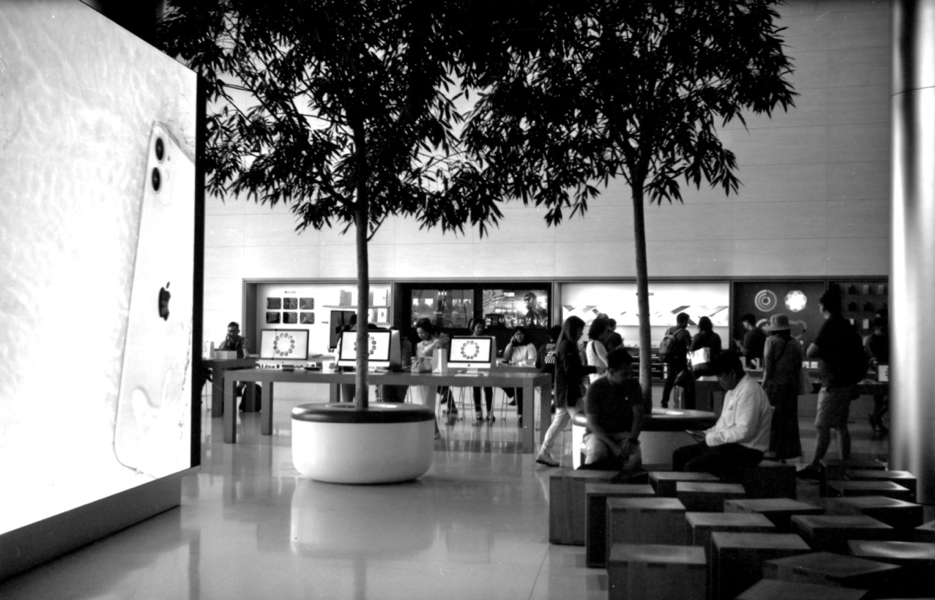
Unfortunately, despite the number of non-Thai customers that True has, there is no ability for the automatic response system to work in English. Many other companies manage this without much fuss. With a little bit of time and some guesswork I finally managed to speak to a service assistant, but my Thai was not quite good enough and nor was her English. She put me in touch with an English-speaking assistant and I reported the problem. The new assistant checked my connection and told me that there had actually been five signal cuts, so I had better speak to an engineer. My initial suggested time of 9 a.m. was not possible so I tried 2 p.m.. A message this morning showed me that the engineer would arrive between 1 p.m. and 5 p.m so I had to rush through tasks I had. There was a phone call at 12:30 from a Thai speaking engineer. Later an English-speaking service assistant phoned and told me the engineer would be coming at about 1:30, but the problem seems to be that my package of 80 MB upload and 30 MB download was too good for the system installed at the condo, which has a maximum of 50 MB download speed. This is a hardware weakness. The condo is not new and the cables from the shared system cannot handle 80 MB although I see this quite frequently.
Pre and Post signal adjustments - 5 March 2020
They have reduced my speed and maybe, maybe, this will reduce the signal losses. Confidence is not high. The engineer will contact me again to see how the limited setup is working for me, although in the couple of hours since the change, there were three drops of about a minute each
I was asked to edit a short movie commentary that has been made to explain expanded transportation systems in an area just outside Bangkok. It just did not read right to me, and when read out by a local I can hear errors in timing that I mentioned in notes after my first look of the updated version. I read an interesting comment on the making of the original Star Wars, when Harrison Ford (not known for shyness) apparently once told George Lucas on set, "George! You can type this shit, but you sure can't say it! Move your mouth when you're typing!" If you read Shakespeare it may be hard to understand, but if you act the words just flow. When watching movies or television I often find myself saying to myself, no one would ever say that. Word choice is a particular problem. Who, for example, ever says, "a plethora of? . . ." There are many more. Online writing also suffers from this and the next item (good in its content) has in its opening sentence, "a bevy of."
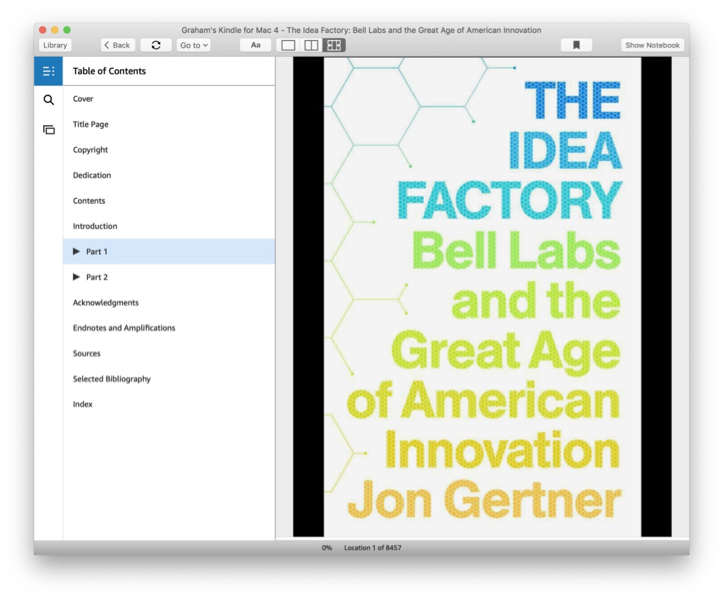 The Idea Factory - The Bell Labs Story
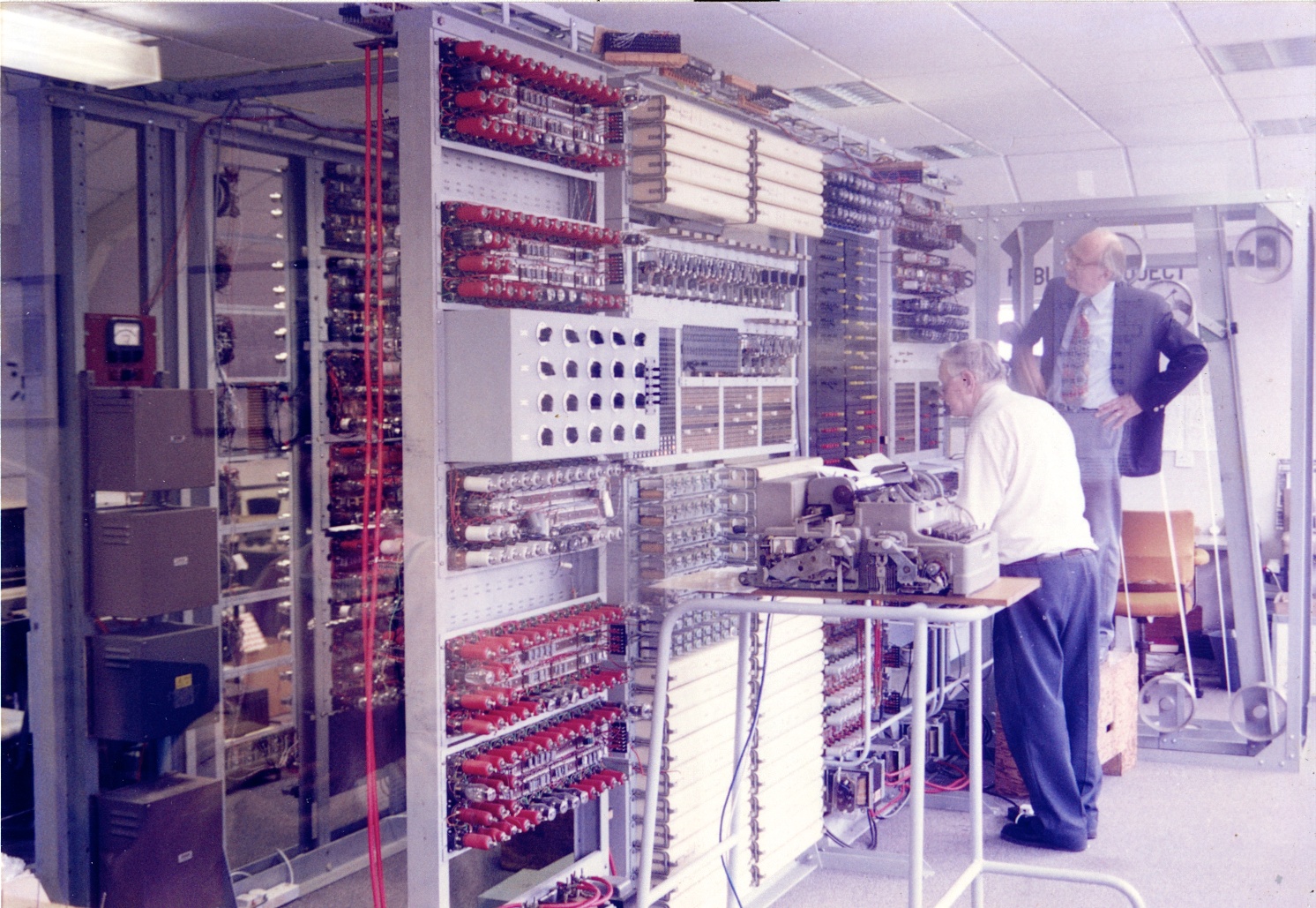 Rebuilding Colossus at Bletchley Park - It is all telephone parts
The British arm of Honeywell developed the command and control computer system for Bedfordshire Police when I was there in the late 1970s. It was supposed to enable efficient deployment of resources. As incidents were reported they were entered into the computer and the nearest unit sent if necessary. Unfortunately (as well as technical problems), it failed to take account of the humans involved: message takers, police on the street, and the general public. To cut costs there was no automatic location system so it relied on officers entering this information manually. Some would fail to do this so that they could do their own little tasks, the geographical areas were too large in some cases, so for example location X could be several miles wide, and you don't want to lean down and enter a new location when chasing someone at 100mph. Experience talking here. When things became busy, like every Friday or Saturday night, when the local football team had a home game, or in the days of riots in 1981, the number of calls coming in overwhelmed the operators in the stations and at police headquarters, who resorted to paper and pen to write down information. They used brain power and experience to direct resources; or used the time-honoured, "any unit in the vicinity of. . . " making the computer system redundant and, more important, untrusted in the eyes of management and the officers on the street. This was an early lesson for me in how the mind of the computer engineer might not understand the realities of how life on the street is not binary and cannot be easily organized into neat columns for a database.
Microsoft is working on a project that uses AI in the classroom, although I am not wholly convinced: I usually have to think on my feet and my class will change instantly as a result of a student question or comment. Nonetheless, there are some areas this may work in and it is good that this is being developed.
When I came to Thailand, I initially bought a computer with the same 2-disk setup, but soon bought my first hard disk at one of the frequent shows that were run then. The 386 PC had a 20MB hard disk. That was, I reasoned, all I would ever need. There is a lesson there of course. I started writing for the Bangkok Post at about the same time I arrived in Bangkok (my first 2 years were in the south), but it was all on the edge: to make anything work, users had to do it themselves, whether it were hardware fixes or software solutions; and that is how I started the writing.
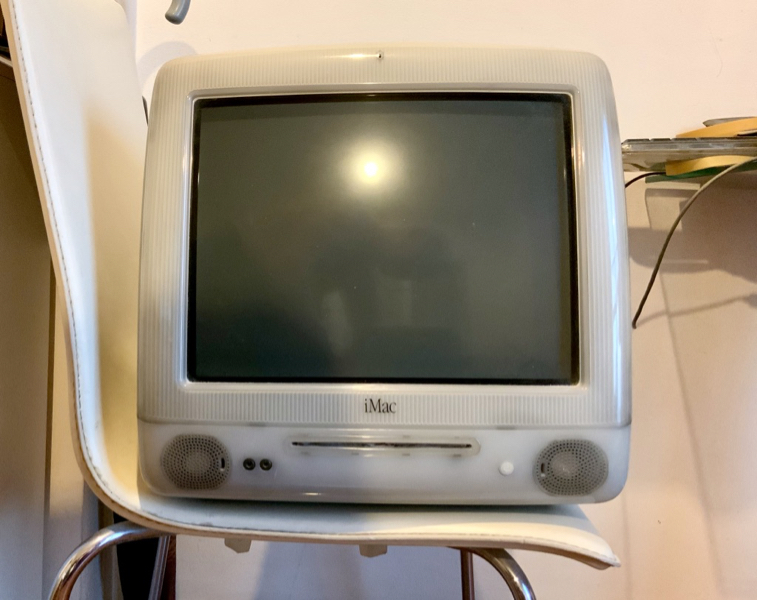 A real iMac
Although OS X 10.1 (and subsequent versions) was a step up, there were still ways in which users could personalize the way each device worked, particularly if they were not afraid to play with the Unix on which OS X was built. In early days it was an easy way to make repairs too with the Single-user startup mode; but this all still works. A couple of weeks ago I mentioned the use of the command to turn back on the startup chime. This has to be done in an Admin account: entering the SUDO command needs the user to be on the SUDO list which means Admin as there is no root user on macOS.
at the prompt (sudo allows root privileges for a single action - it used to allow root access for several minutes). In my last column I also mentioned the ways users can add or change key commands by using the System Preferences > Keyboard > Shortcuts panel, creating a totally personal way of working. I tend to stick to what Apple gives me, adapting where I need and adding when the key command would make it more efficient. There are so many ways in which users can do damage, and the motorcycle mantra - if it ain't broke, don't fix it - works well here. Some of the hints and tips are often recycled: every few years there are new users who may not know how flexible their Macs can be; and once in a while I see a suggestion that is worth repeating, like the way to merge folders that was outlined by Sandy Writtenhouse (iDownloadBlog) this week. This site is well worth bookmarking or following (on RSS for example) as there is always useful information being put out.
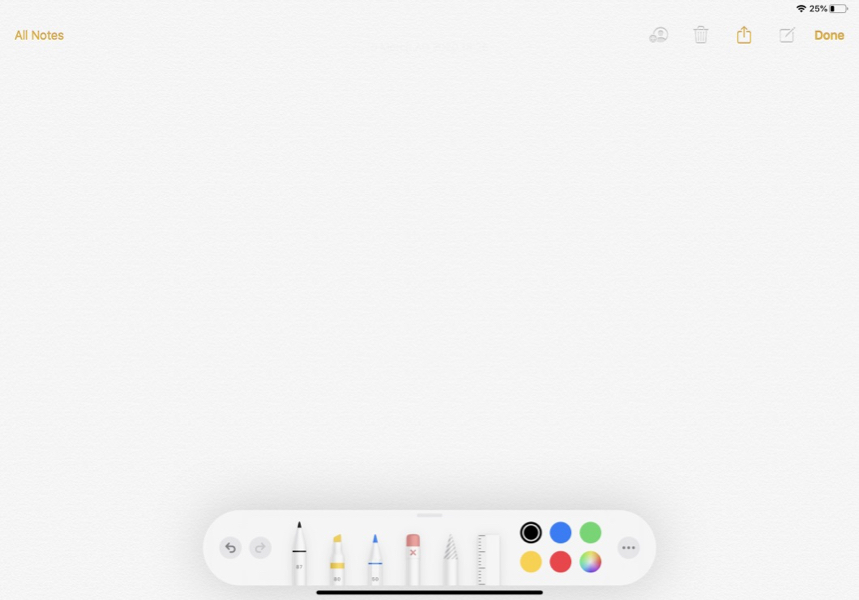
Notes opened from the lock screen
Graham K. Rogers teaches at the Faculty of Engineering, Mahidol University in Thailand. He wrote in the Bangkok Post, Database supplement on IT subjects. For the last seven years of Database he wrote a column on Apple and Macs. After 3 years writing a column in the Life supplement, he is now no longer associated with the Bangkok Post. He can be followed on Twitter (@extensions_th) |
|






 This week, there has been an advanced notice, including a video of
This week, there has been an advanced notice, including a video of 